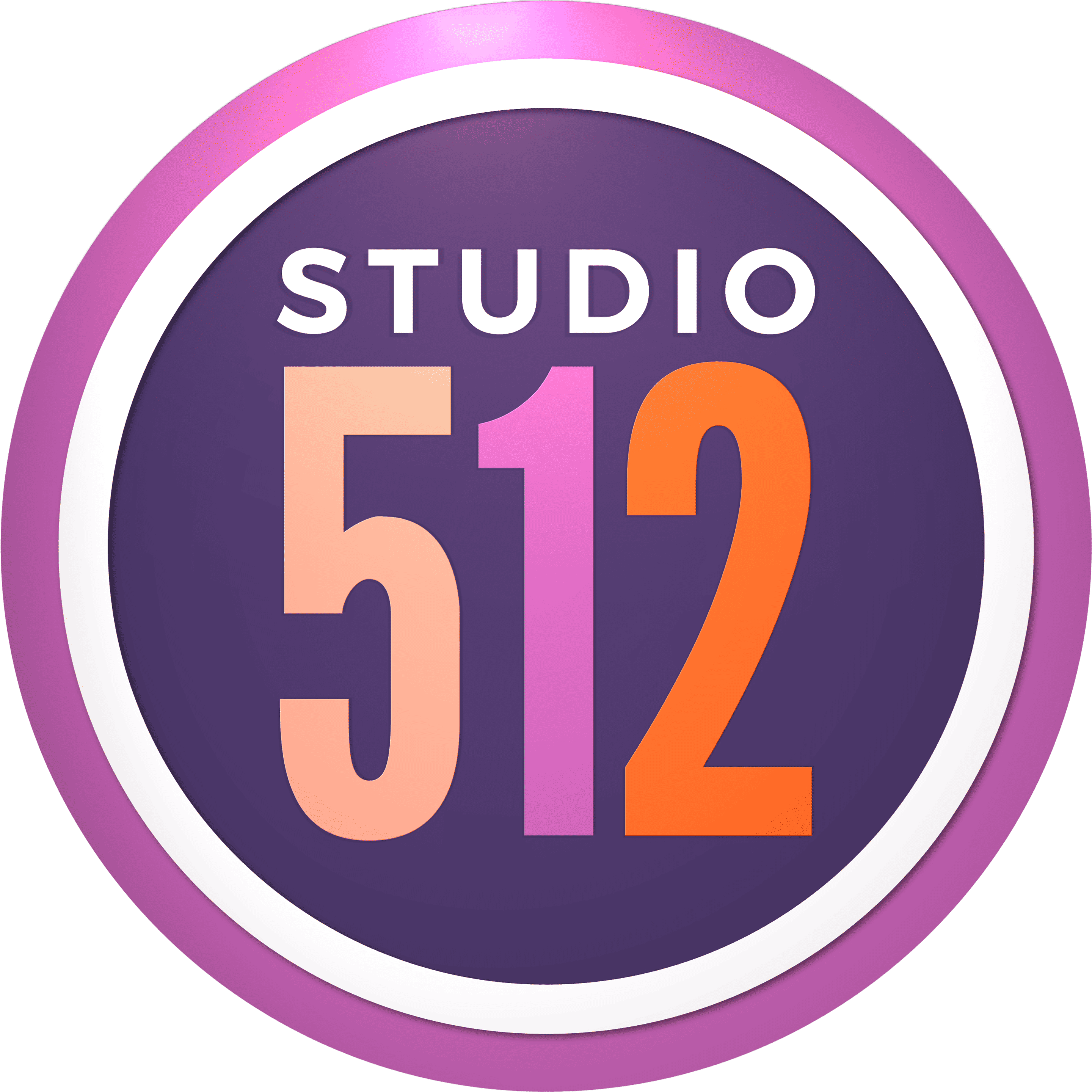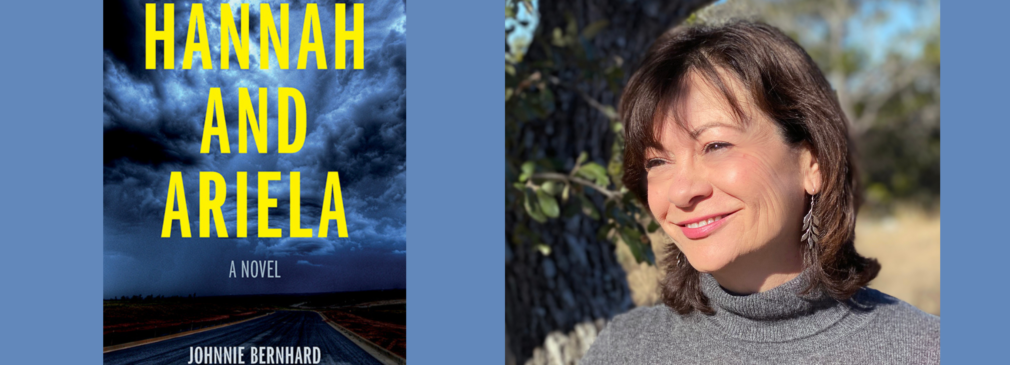
Share
The I-10 corridor between Houston and El Paso connects saints, demons, and victims in the new thriller, Hannah and Ariela (August 2022, TCU Press), as readers follow the underbelly of cartels, human trafficking, and the voiceless people trapped in a justice system on the verge of collapse.
Award-Winning Novelist Johnnie Bernhard Sheds Light on the Ugly Truths of Human Trafficking
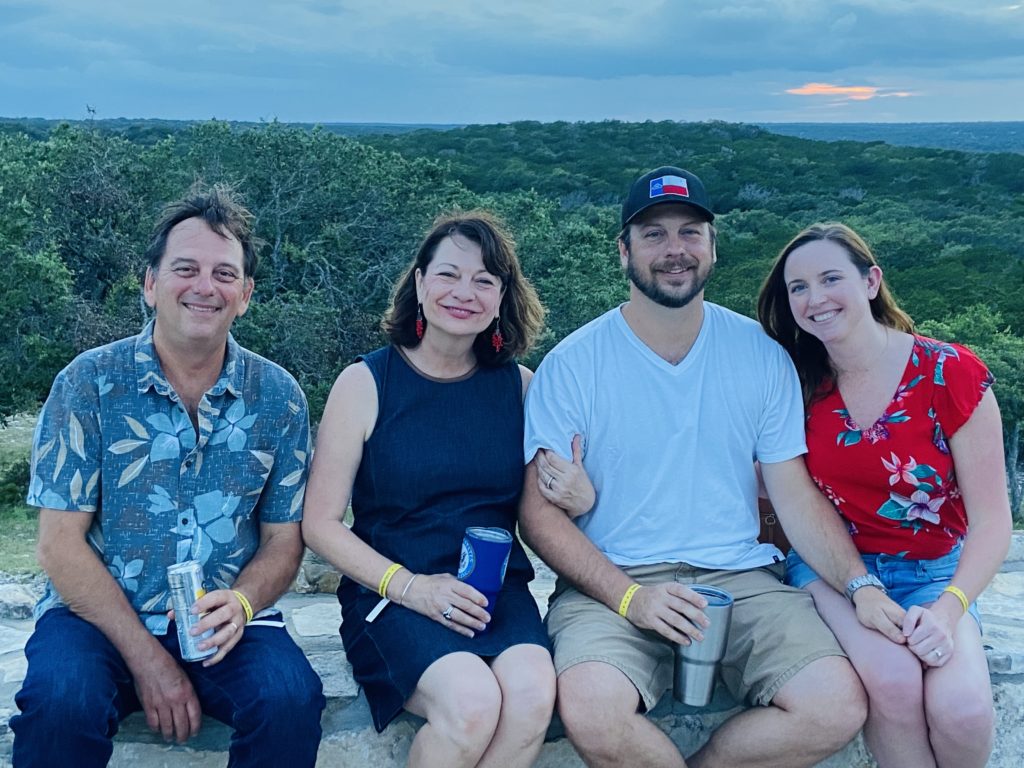
Where did you grow up? And where do you live now?
I was born in Houston and grew up in South Texas near Victoria. I currently spend my time between Ocean Springs, Mississippi, and a home my husband and I have outside of Junction, Texas, approximately 100 miles from the Texas/Mexico border. Our day jobs will keep us in Mississippi until retirement, when we’ll live permanently in Texas.
What’s your favorite bookstore in Houston?
River Oaks Bookstore, the iconic, indie bookstore was my favorite for years until it succumbed to the 2020-21 COVID lockdown. Brazos Bookstore, another terrific indie bookstore, is also a favorite. Brazos fully supports the Houston literary culture, including the University of Houston Creative Writing Program. I’m a UH alum.
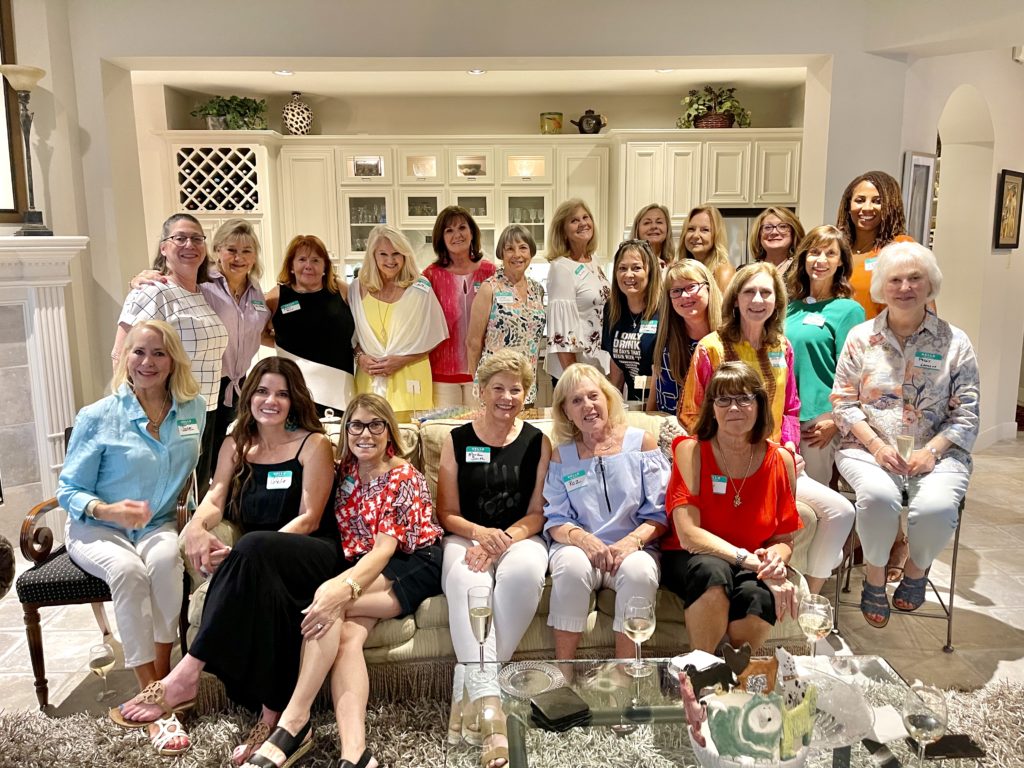
What motivated you to write the immigrant story in all your novels?
My family history begins with immigrants coming to Texas during its republic. The courage to leave and forge a new life is inspiring and speaks to the soul of human endurance, and yes, our own Democracy.
What research was involved in Hannah and Ariela?
Our home outside of Junction and a love of the land and the diversity of its people were the springboards for the novel. I began researching the history of the people from the Hill Country, reading newspapers, textbooks, and The Handbook of Texas, a free online state encyclopedia developed by the Texas State Historical Association. That handbook was used as a reference for all my novels. After the first draft, I gave the manuscript to “sensitivity readers,” people who were affected by human trafficking along the Texas-Mexico border or had lived in Mexico. I also read Felix Longoria’s Wake by Patrick J. Carroll which gave a historic account of racism and Mexican American activism in Texas. I also personally know people who have suffered at the hands of coyotes, as well as someone in the medical professional who works with victims of human trafficking. The authenticity of characters and their voices in Hannah and Ariela is very important to me.
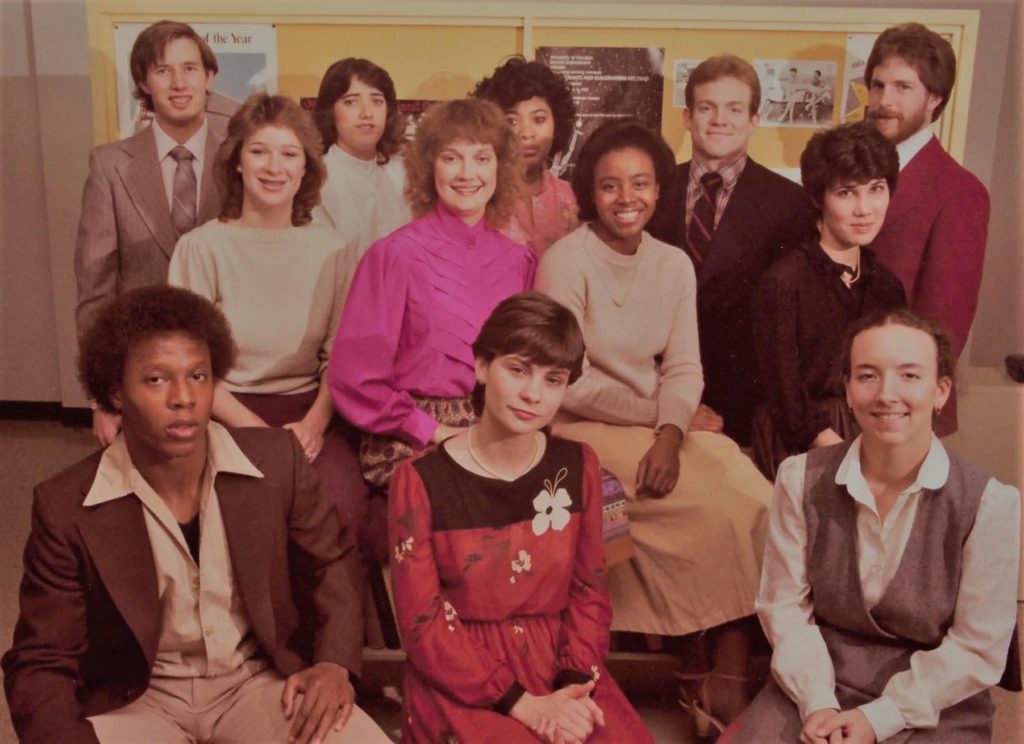
Why bring “hot-button” issues like Human Rights, Human Trafficking, Border Issues/Small Texas Town, Generational Divisions, Cultural Diversity, Racial Prejudice, Ethics vs. Law, and Ageism into fiction?
In an increasingly smaller planet, our ability to survive is based on how we treat each other. The polarization of our culture threatens this. It is only by addressing these “hot-button” issues in an open and accepting point-of-view that we can work toward resolution. I’m not a politician or a sociologist, I am a writer and I write the human story – what connects all of us regardless of race, religion, and geography. That is the need to love and be loved. All people want peace, the ability to raise their children and earn a living without violence. This is Ukraine. This is the Texas/Mexico border. This is every day, all over the world.
Explain the cultural diversity found in Texas, especially in South and Central Texas.
When doing research for the backstory of Hannah and Ariela, I visited Castroville, west of San Antonio. Castroville was founded by Henri Castro, a Parisian who served as one of Napoleon’s guards. He was successful in obtaining a land grant in February 1842 from the Republic of Texas President, Sam Houston. He was instrumental in introducing more than 2,100 colonists to Texas, second only to Stephen F. Austin. There’s a state historical marker in Castroville that reads, “The history of Alsatians in Texas is a reflection of ethnic and cultural diversity in the state’s rich heritage.” As a native Texan, I am very proud of the ethnic and cultural diversity of the state. The Hispanic culture of South Texas enriched my youth in ways I am still benefiting from today. The appreciation of history, food, and language are just a few examples. In time, a blending of the ethnicity of the Anglo and Hispanic cultures became part of my family. While I recognize South Texas is not a perfect place nor is Texas, I recognize cultural diversity as something embraced by many people within the state. This is not only a gift but is rare around the world.
“Every 30 seconds someone becomes a victim of human trafficking,” according to DOTD. How did reading that message posted in a public restroom inspire you to write this novel?
It was the moment I realized human trafficking was an epidemic. Posting an 1-800 number in a public restroom tells me it takes all of us being aware of the crime to eradicate the crime. Every writer has a different muse. For me, it is the story of the most vulnerable. In this case, it is a fourteen-year-old victim of human trafficking. I began watching documentaries and reading, particularly state government websites on human trafficking statistics. The more I learned, the more I wanted to learn. Interstate 10 from San Diego to Jacksonville, Florida, is the human trafficking corridor. I am currently in conversation with the Mississippi statewide council on human trafficking, based on the Justice Department’s Civil Rights Division. I am also speaking to nonprofits groups in Texas, including the Social Justice Action Committee at St. Theresa Catholic Church in Houston.
What do you view as the author’s responsibility in writing?
My responsibility as an author is to strip away each layer of color, prejudice, and arrogance, until I am at the core of what it means to be human. And that is to love and be loved. That is the human story.
“Love your neighbor as yourself.” How is neighbor defined in the novel?
The character Hannah loves Ariela because she is her neighbor, despite the fact the women are from opposite sides of the border. It is the very sad reality of human trafficking and their shared faith that brings them together. Again, we are reminded of the essential element of being human – it is a small planet and if we want to survive as a human race, we must embrace each other. Christianity and other religions are founded on the principle of loving your neighbor as yourself. That neighbor is not always the person next door, and in some places may be culturally and ethnically just like you. The real work in being human is loving people and seeing them within the same family, the human family.
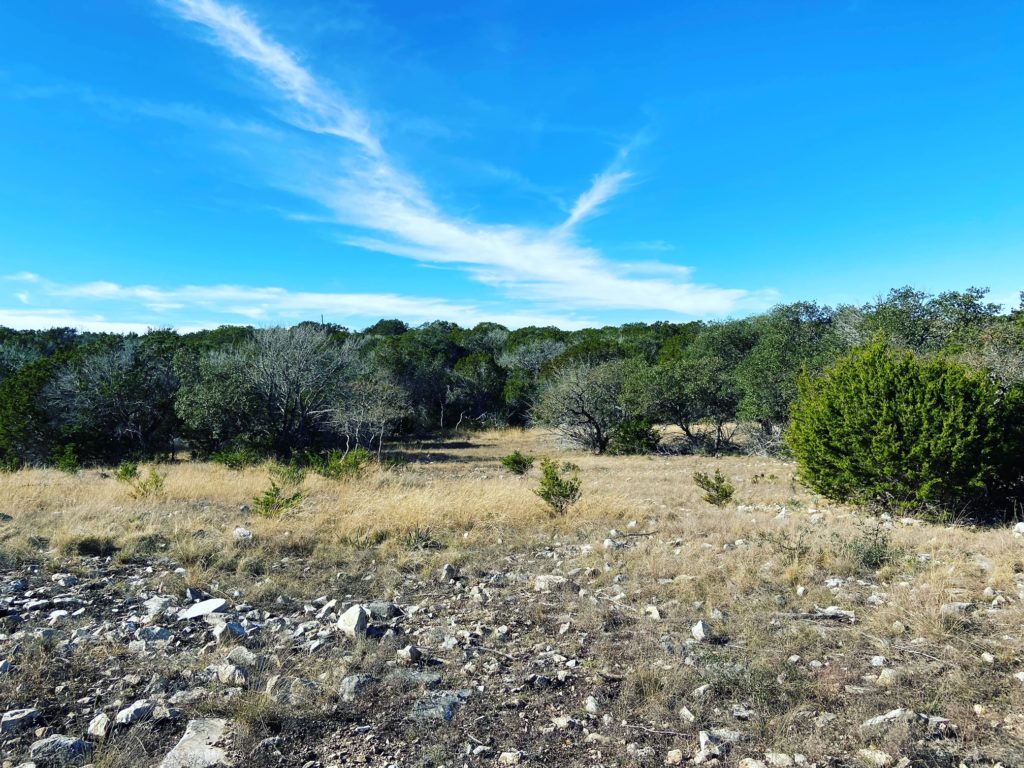
One of the novel’s themes is the question of following the law versus conscience/ethics. Explain how that is developed in the novel.
Throughout history, we see brave individuals, Gandhi, Martin Luther King, Jr., Susan B. Anthony, Dr. Hector P. Garcia, question a practiced law as an act against their conscience and/or ethics. In the novel, the character Hannah must break the law in order to follow her conscience. It is something she does based on her personal mores, not that of the collective. This theme is in reverence to the brave who speak and act as individuals, despite popular beliefs.
The novel alludes to the ownership of land versus the conqueror of the land. Explain.
In 2021, I had the privilege of attending a teaching artist institute thanks to the sponsorship of Gemini Ink Writing Center of San Antonio. Artists throughout the country gathered for several days via Zoom to discuss such topics as ownership of land versus the conqueror of land. I was taught this concept as a young girl in a Texas public school in the seventies, thanks to the gifts of my Texas History teacher. That wonderful woman painstakingly made sure we understood the role of the owner and the conqueror in land. I learned the words Comanche, Mestizo, Karankawa, land grants, republic, colonization, European explorers, Tejano…Because of these powerful histories, I am appreciative of where I am planted, realizing there are origins and I am a visitor, passing through.
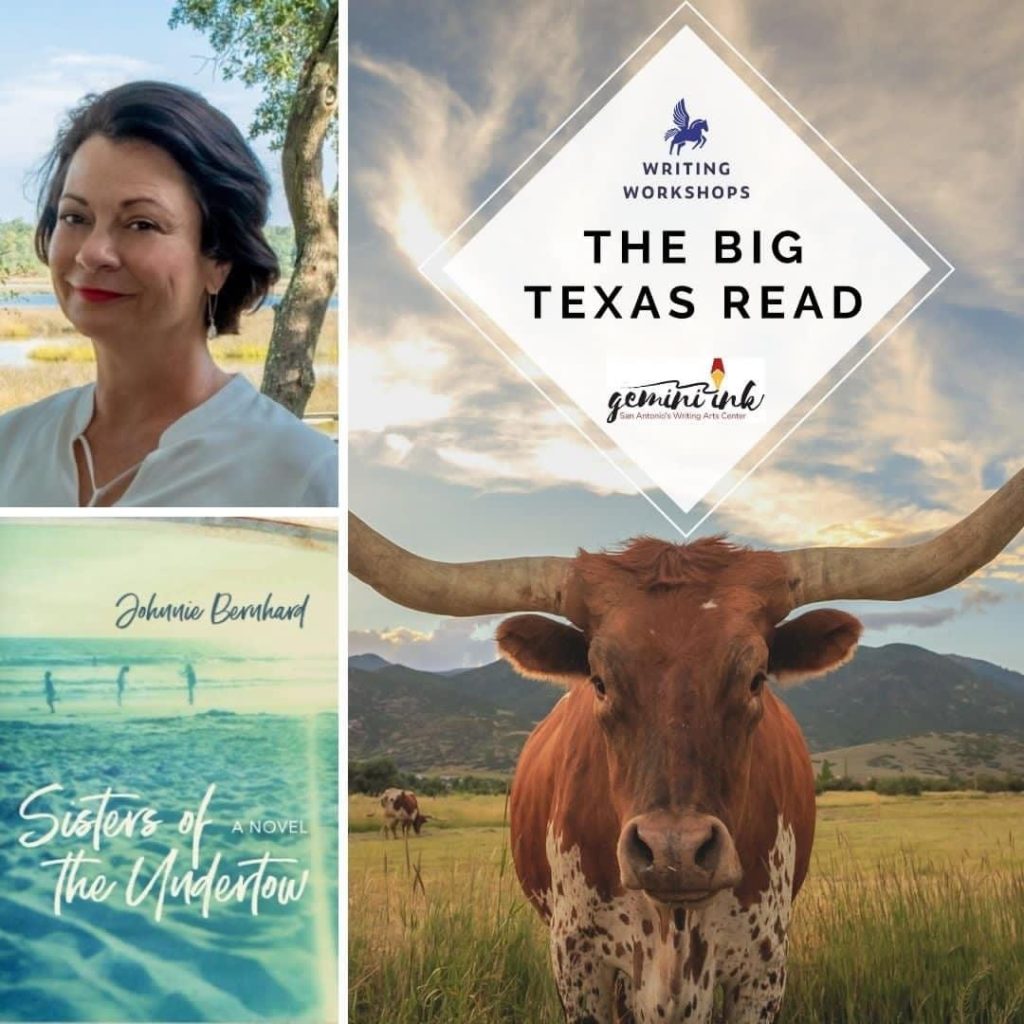
Explain the border issues and small-town Texas culture found in the novel.
The Junction Eagle, a weekly newspaper in Junction, Kimble County, Texas, has been reporting human trafficking incidents for several years. Many of these small towns have extremely limited financial means to support the additional police work, as well as assisting victims. Nonprofits, churches, and local citizens have helped with food, water, clothing, and temporary housing. I believe it is the perfect example of “loving your neighbor.” South Texas and the counties near the border have a shared culture with Mexico. This has been a part of the landscape for centuries. A citizen from South Texas and other border counties probably has a better understanding of the Hispanic culture than with the beltway of Washington, DC. It refers to the power of the immigrant story and the richness of Texas’ culture and diversity.
Please list any events you have coming up in Texas.
August 27: The historic Lasker Inn in Galveston, 7 p.m.
August 31: University of St. Thomas Library in Houston, 7 p.m.
September 22: St. Theresa Catholic Church, 6622 Haskell Street in Houston, 7 p.m.
September 24: The Butts-Holdsworth Library of Kerrville, 10 a.m.
Future dates of Texas bookstore events will be posted on her website, www.johnniebernhardauthor.com
Socials:
Facebook link: https://www.facebook.com/johnnie.bernhard.3
Instagram Link: https://www.instagram.com/authorjohnniebernhard/
Twitter link: https://twitter.com/JABernhard
LinkedIn link: https://www.linkedin.com/in/johnnie-bernhard-148251b1/
Purchase links – bookshop, amazon, B&N
____________________________________________________________________________________________________
Cover Photo from Aoudad Photography
Leslie Barrett is a book publicist, eater and wanderer who occasionally writes about her culinary and travel adventures.









